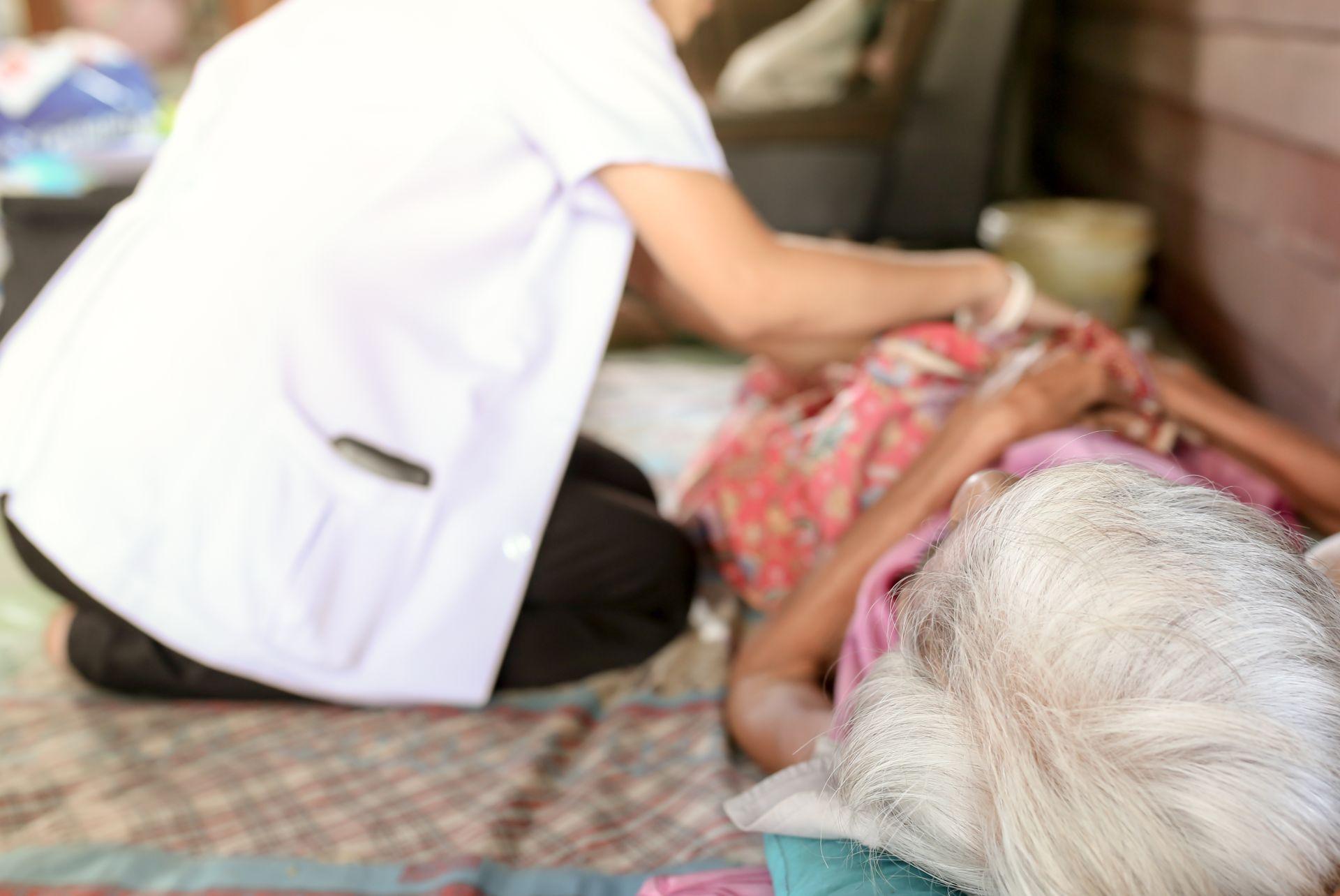Table of Content
Not all of the 15,000+ nursing homes in the U.S. were created equally. News headlines this month confirmed this when a Senate report revealed that for budget reasons nearly 400 troubled nursing homes were left off of a federal agency’s watch list of 80 facilities flagged for poor resident care.
If you have a loved one in a nursing home, be mindful of signs of neglect or even abuse no matter how well the facility has been rated. For example, bedsores are one of the most common injuries among nursing home residents but are also one of the hardest to find.
Bedsores in Nursing Homes
“Bedsores are the #1 sign of neglect in a nursing home. Why? Because their appearance means there isn’t enough staff to take proper care of residents, especially those with diabetes and poor circulation or those who are wheelchair or bedbound,” said John Dalli, a partner in the law firm Dalli & Marino, LLP. “Bedsores are the most preventable of all injuries in a nursing home.”
Some estimates indicate up to 13% of all nursing home residents suffer from bedsores. So, what are they?
Pressure Ulcers Defined
The National Pressure Ulcer Advisory Panel defines a pressure ulcer, also called a bedsore or a pressure sore, as “localized damage to the skin and underlying soft tissue usually over a bony prominence or related to a medical or other device.”
Bedsores occur when a person does not move from one position for an extended period of time. Some can develop after just 2-3 hours, according to Johns Hopkins University. Staying in just one position can put “pressure on certain areas of the body.” This pressure “can reduce the blood supply to the skin and the tissues under the skin.” If a person doesn’t move around often enough, “the blood supply gets too low, and a sore may form.”
Bedsores appear in certain areas of the body, often in “bony parts that don’t have much fat to pad them.” The lower back, heels and hips are a common place that bedsores can develop. These wounds can also occur on “the base of the spine “(tail bone), the shoulder blades, the backs and sides of the knees, and the back of the head.”
“All of these areas are often covered up by gowns and bedding, making bedsores hard to detect,” said Dalli. “When visiting your loved ones, lift the sheets, check their bodies, offer to rub cream on their backs. You want to look for discolored skin or actual sores.”
According to the American Academy of Family Physicians, there are four stages of bedsores:
Stage 1: “The affected skin looks red and may feel warm to the touch. The area may also burn, hurt or itch. In people who have dark skin, the pressure sore may have a blue or purple tint.”
Stage 2: The sore will be painful and possibly discolored. It may be an open would “that looks like an abrasion or a blister.”
Stage 3: The sore is even worse, taking on a “crater-like appearance due to increased damage to the tissue below the skin’s surface.”
Stage 4: “The skin and tissue is severely damaged, causing a large wound. Infection can occur at this stage. Muscles, bones, tendons and joints can be affected.”
What should you do if you spot bedsores?
“Alert the nursing staff and physician immediately,” said Dalli. “A bedsore will only get worse, causing a medical emergency.”
(References FamilyDoctor.org. © 2019 American Academy of Family Physicians. All Rights Reserved.)
Contact Dalli & Marino LLP
Dalli & Marino, LLP has been providing top-tier representation, and we have recovered millions of dollars, for families in cases of nursing home and other skilled care/elder care facility neglect and results of understaffing, in Suffolk and Nassau Counties (Long Island), Manhattan, Brooklyn, the Bronx, Queens, Staten Island, and Westchester County, since 1995.
Please contact our team to discuss your case, or with any questions, at 1-888-465-8790 [Toll-Free], or by completing the CASE EVALUATION Form on our Contact Page.



